If you're experiencing low water pressure in your RV kitchen sink, the first thing to check is the aerator. This small mesh piece is located at the tip of the faucet and helps to regulate the flow of water. Over time, it can become clogged with mineral deposits and debris, reducing the water pressure. To fix this, simply unscrew the aerator and clean it thoroughly with a mixture of warm water and vinegar. Once it's clean, screw it back on and test the water pressure again.1. Check the aerator
The water pump in your RV is responsible for bringing water from the tank to your faucets. If your kitchen sink is the only place where you're experiencing low water pressure, it could be a problem with the water pump. Check the pump for any clogs or debris and clean it out if necessary. If the pump is old and worn out, it may be time to replace it for better water pressure.2. Check the water pump
Many RVs have a water filter installed to purify the water coming from the tank. While this is great for clean drinking water, it can also be a source of low water pressure. The filter can become clogged over time, reducing the flow of water. Check your water filter and replace it if needed to improve water pressure in the kitchen sink.3. Check the water filter
The water supply line is the hose that connects your RV to a water source. If it's kinked or damaged in any way, it can restrict the flow of water and cause low pressure in your kitchen sink. Make sure the supply line is free of any obstructions and replace it if necessary.4. Check the water supply line
Most RVs have a water pressure regulator to prevent high water pressure from damaging the plumbing system. However, if the regulator is set too low, it can also cause low water pressure in your kitchen sink. Check the regulator and adjust it to a higher setting if needed.5. Check the water pressure regulator
Clogged pipes can be a major cause of low water pressure in any faucet, including the kitchen sink. Over time, debris and mineral deposits can build up in the pipes, restricting the flow of water. Use a pipe cleaner or snake to clear out any clogs and improve water pressure.6. Check for clogged pipes
Leaks in the plumbing system can also contribute to low water pressure. Check all the pipes and connections under the sink for any leaks and fix them accordingly. This will not only improve water pressure but also save you from potential water damage.7. Check for leaks
In some cases, a faulty water heater can also be the cause of low water pressure in the kitchen sink. If your RV has a hot water tank, check to see if it's functioning properly. If it's not heating the water efficiently, it could be affecting the water pressure. Consider replacing the water heater or getting it repaired.8. Check the water heater
If you're experiencing low water pressure only in the kitchen sink, it's important to check the water pressure in other faucets as well. If the pressure is low throughout the RV, it could be a problem with the main water supply. Contact a professional plumber to check and fix any issues with the water supply system.9. Check the water pressure in other faucets
If none of the above solutions work, you may want to consider installing a water pressure booster pump. This device can be installed in your RV's plumbing system to increase the water pressure throughout the vehicle. It's a more permanent solution for low water pressure and can greatly improve your overall water flow. In conclusion, low water pressure in your RV kitchen sink can be caused by various factors, from simple clogs to more complex issues with the plumbing system. By following these tips, you can troubleshoot and fix the problem, ensuring a steady and strong flow of water for all your kitchen needs.10. Consider installing a water pressure booster pump
RV Kitchen Sink: Common Causes of Low Water Pressure

Understanding the Issue
 Low water pressure in your RV kitchen sink can be a major frustration, especially when you're trying to do dishes or fill a pot with water. It's important to address this issue as soon as possible, as it can be a sign of a larger problem with your RV's plumbing system. So, what causes low water pressure in the kitchen sink of your RV?
Low water pressure in your RV kitchen sink can be a major frustration, especially when you're trying to do dishes or fill a pot with water. It's important to address this issue as soon as possible, as it can be a sign of a larger problem with your RV's plumbing system. So, what causes low water pressure in the kitchen sink of your RV?
Clogged Aerators
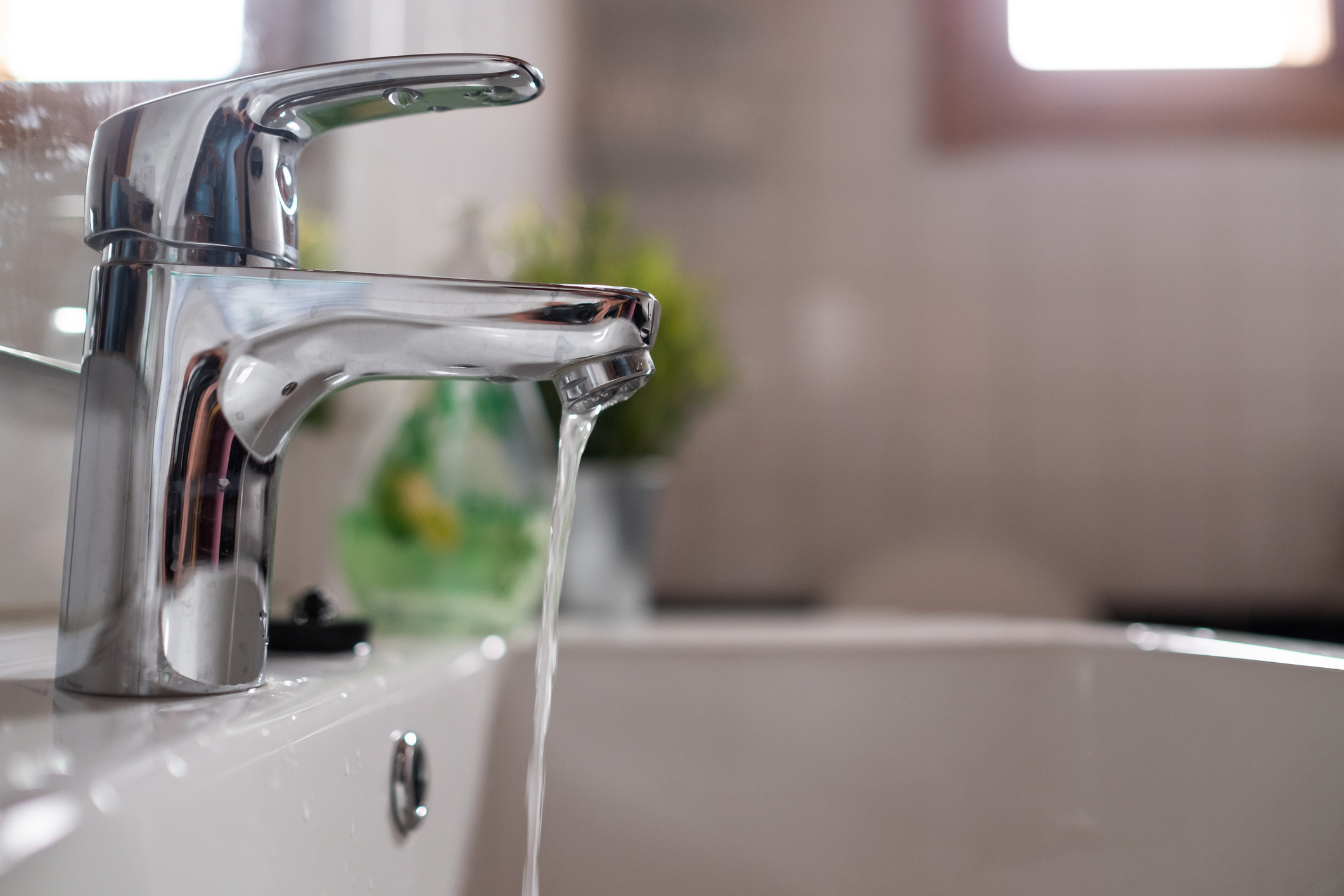 One of the most common causes of low water pressure in RV kitchen sinks is a clogged aerator. The aerator is a small mesh screen that is attached to the end of the faucet and helps to mix air with the water to reduce splashing. Over time, minerals and debris can build up on the aerator, blocking the flow of water. This can be easily fixed by unscrewing the aerator and cleaning it with vinegar or replacing it entirely.
One of the most common causes of low water pressure in RV kitchen sinks is a clogged aerator. The aerator is a small mesh screen that is attached to the end of the faucet and helps to mix air with the water to reduce splashing. Over time, minerals and debris can build up on the aerator, blocking the flow of water. This can be easily fixed by unscrewing the aerator and cleaning it with vinegar or replacing it entirely.
Leaky Pipes
 Another potential cause of low water pressure in your RV kitchen sink is leaky pipes. If you notice a consistent decrease in water pressure, it's important to check for any leaks in the pipes. Leaky pipes can not only cause low water pressure, but they can also lead to bigger issues such as water damage and mold growth. If you detect a leak, it's best to call a professional plumber to fix the issue.
Another potential cause of low water pressure in your RV kitchen sink is leaky pipes. If you notice a consistent decrease in water pressure, it's important to check for any leaks in the pipes. Leaky pipes can not only cause low water pressure, but they can also lead to bigger issues such as water damage and mold growth. If you detect a leak, it's best to call a professional plumber to fix the issue.
Water Pump Issues
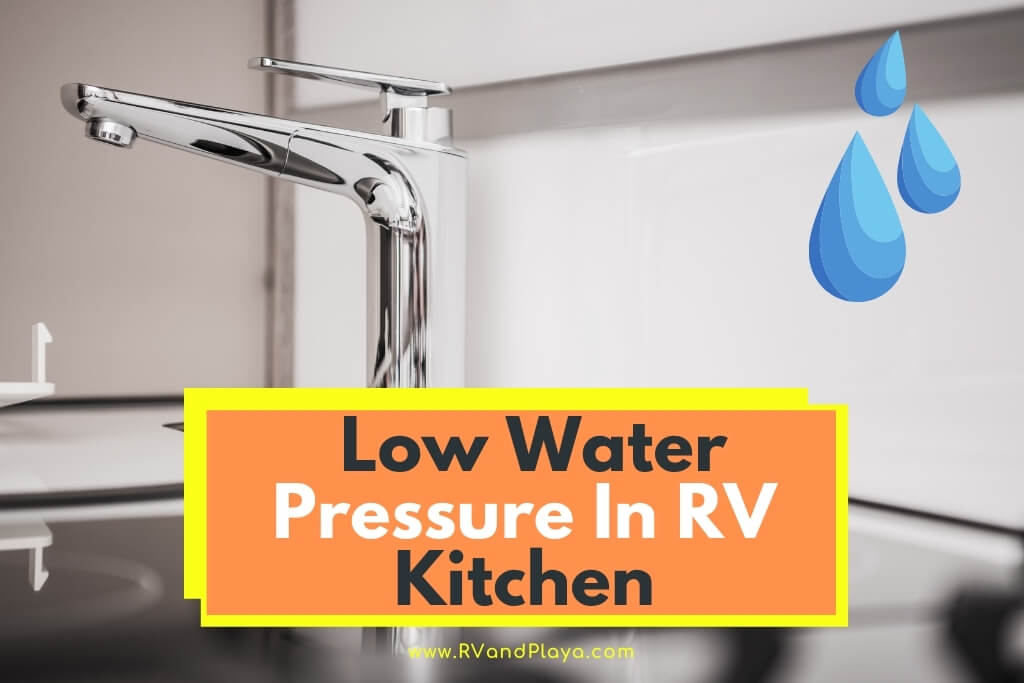 Your RV's water pump is responsible for pumping water from your fresh water tank to your faucets. If the water pump is not functioning properly, it can result in low water pressure in your kitchen sink. This could be due to a clogged filter, low water levels in the tank, or a malfunctioning pump. It's important to regularly maintain your water pump and address any issues immediately to ensure proper water pressure in your RV.
Your RV's water pump is responsible for pumping water from your fresh water tank to your faucets. If the water pump is not functioning properly, it can result in low water pressure in your kitchen sink. This could be due to a clogged filter, low water levels in the tank, or a malfunctioning pump. It's important to regularly maintain your water pump and address any issues immediately to ensure proper water pressure in your RV.
Pressure Regulator
 RVs are equipped with a pressure regulator to control the flow of water from your city water hookup or fresh water tank. If the pressure regulator is not set properly, it can result in low water pressure in your kitchen sink. Make sure to check the pressure regulator and adjust it if necessary to ensure proper water flow.
RVs are equipped with a pressure regulator to control the flow of water from your city water hookup or fresh water tank. If the pressure regulator is not set properly, it can result in low water pressure in your kitchen sink. Make sure to check the pressure regulator and adjust it if necessary to ensure proper water flow.
Conclusion
 Low water pressure in your RV kitchen sink can be caused by a variety of issues, but they can all be easily addressed with proper maintenance and troubleshooting. By regularly checking and maintaining your RV's plumbing system, you can ensure a consistent and adequate water pressure in all areas of your vehicle. Don't let low water pressure dampen your RVing experience, take the necessary steps to fix the issue and enjoy a fully functional kitchen sink on your next adventure.
Low water pressure in your RV kitchen sink can be caused by a variety of issues, but they can all be easily addressed with proper maintenance and troubleshooting. By regularly checking and maintaining your RV's plumbing system, you can ensure a consistent and adequate water pressure in all areas of your vehicle. Don't let low water pressure dampen your RVing experience, take the necessary steps to fix the issue and enjoy a fully functional kitchen sink on your next adventure.


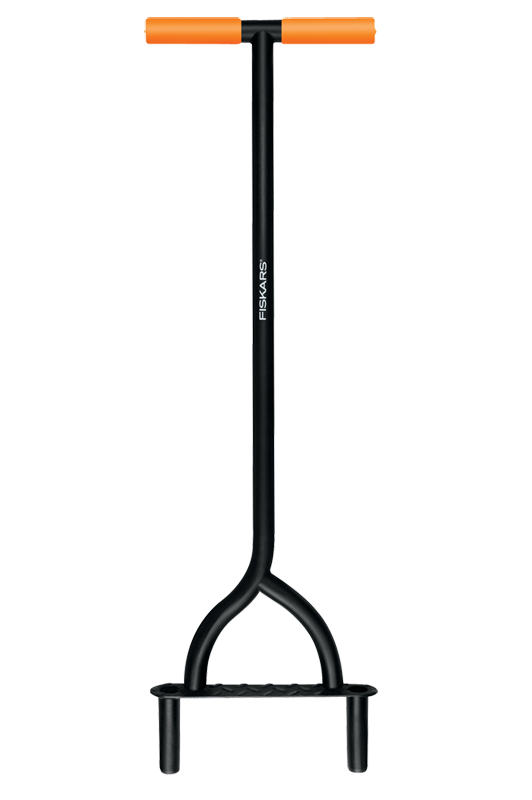



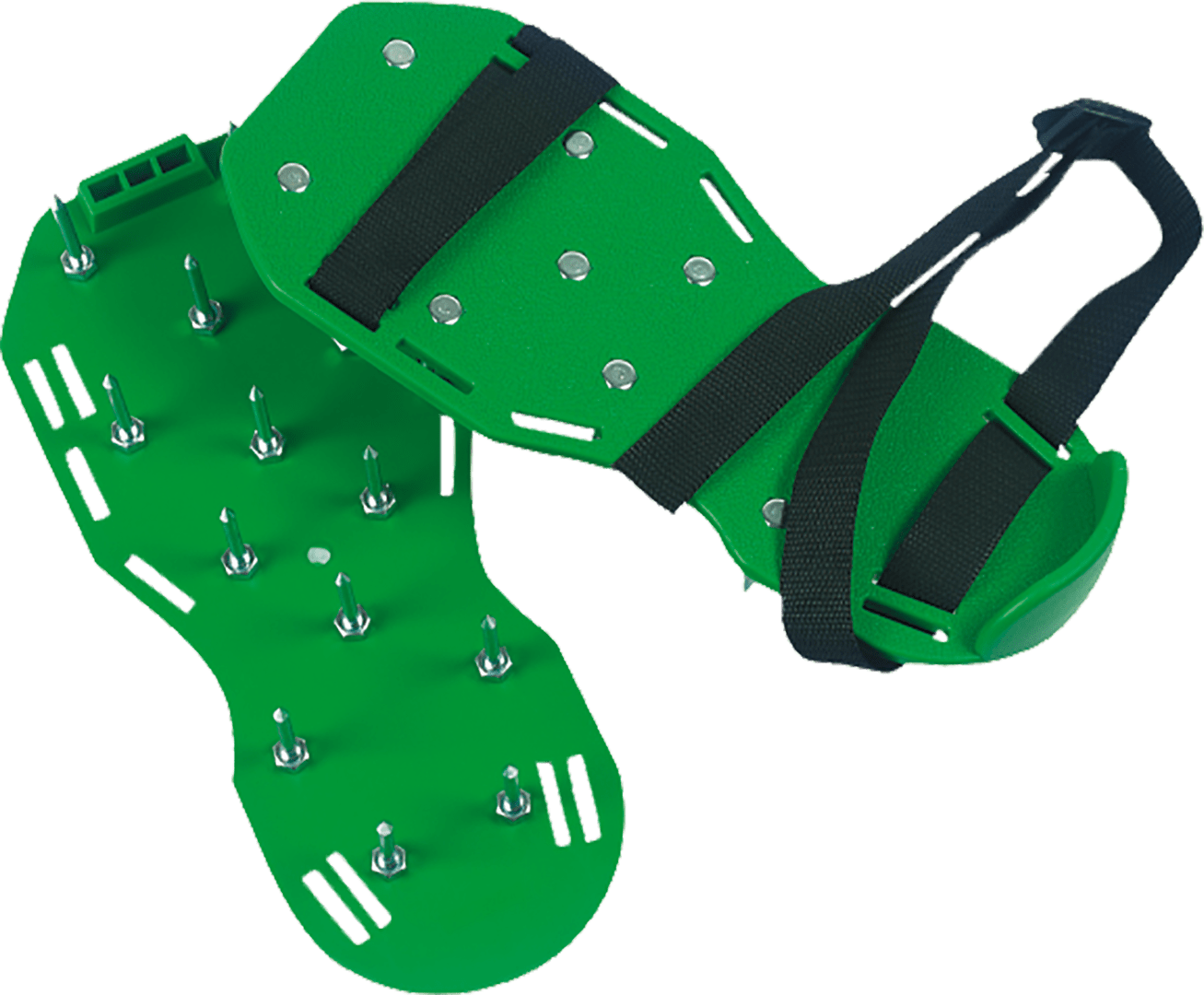




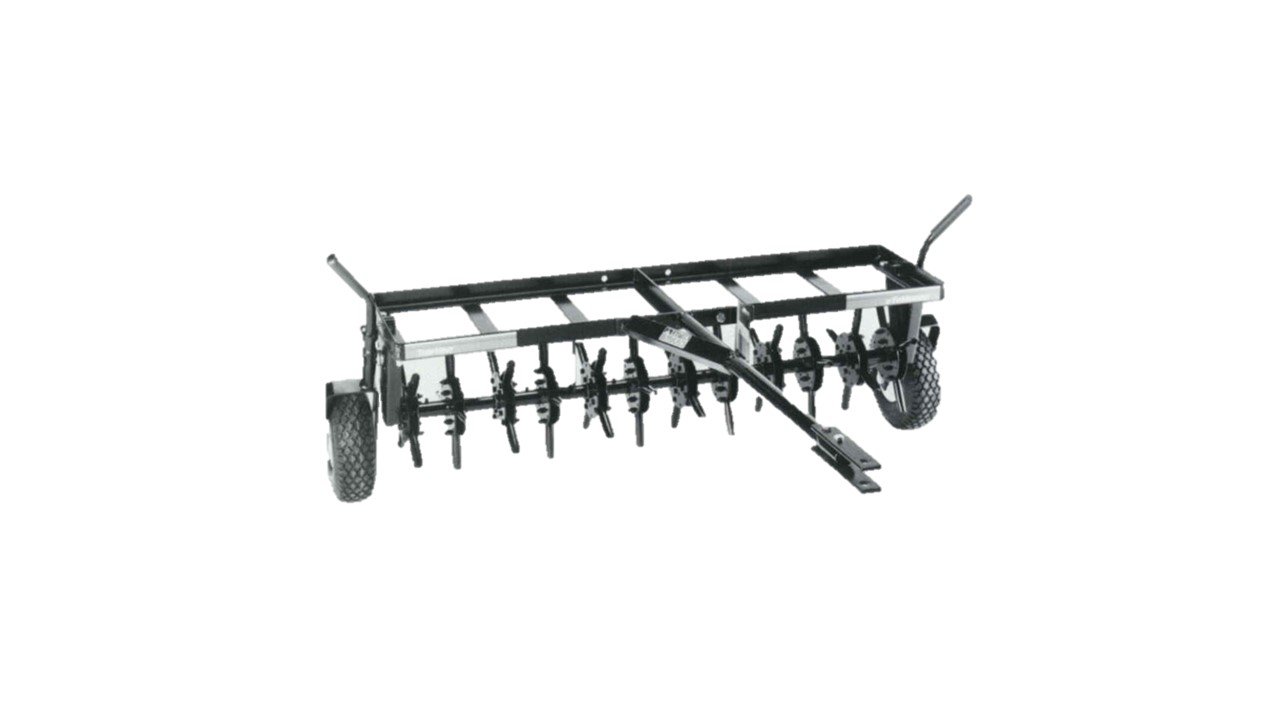




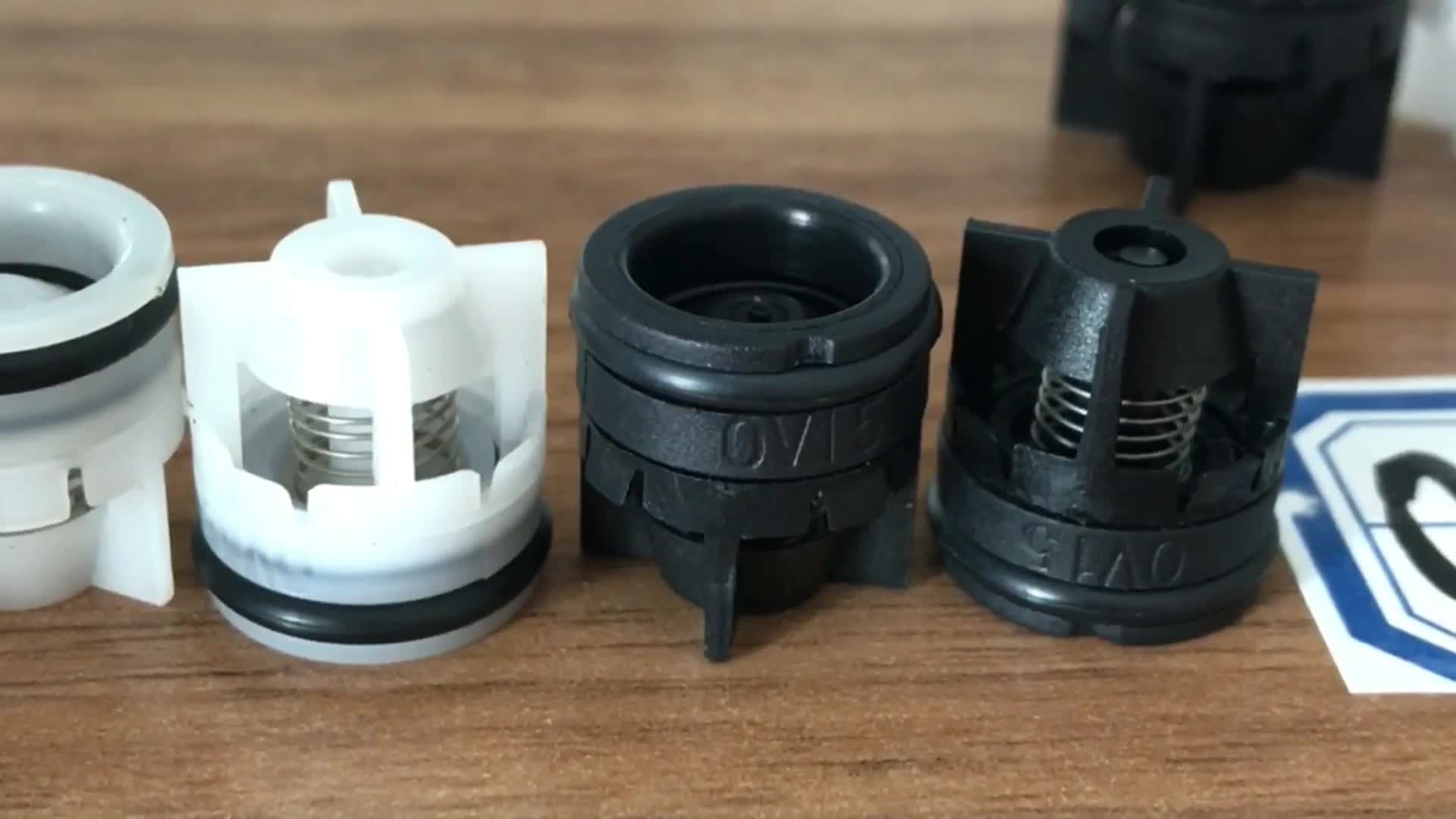



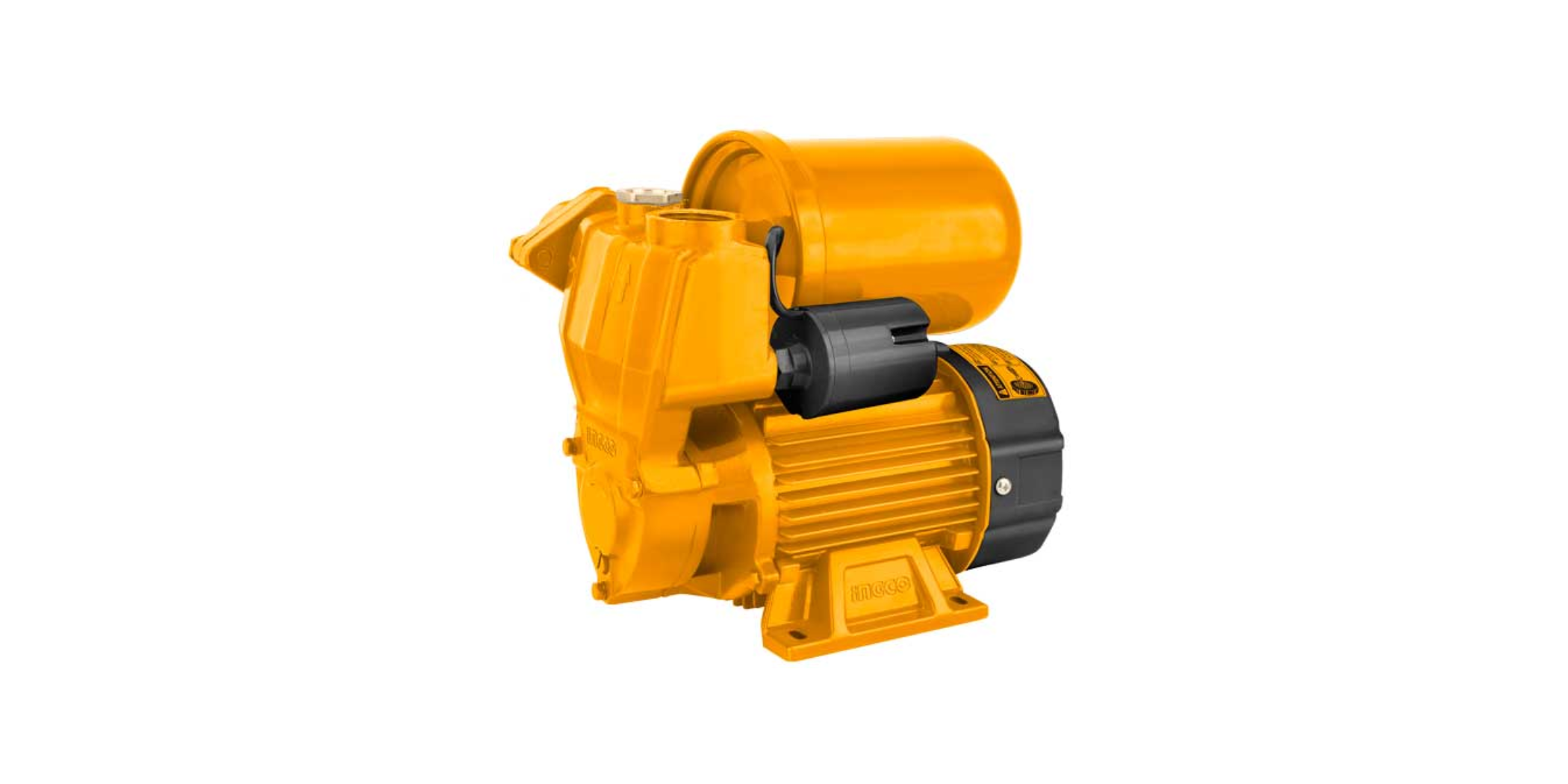



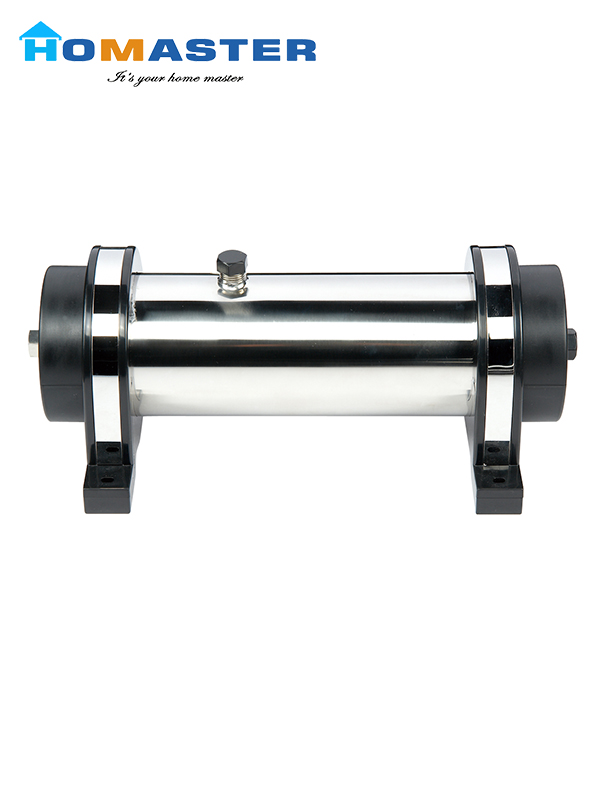

/cdn.vox-cdn.com/uploads/chorus_image/image/63879746/WaterFilter_2.0.jpg)
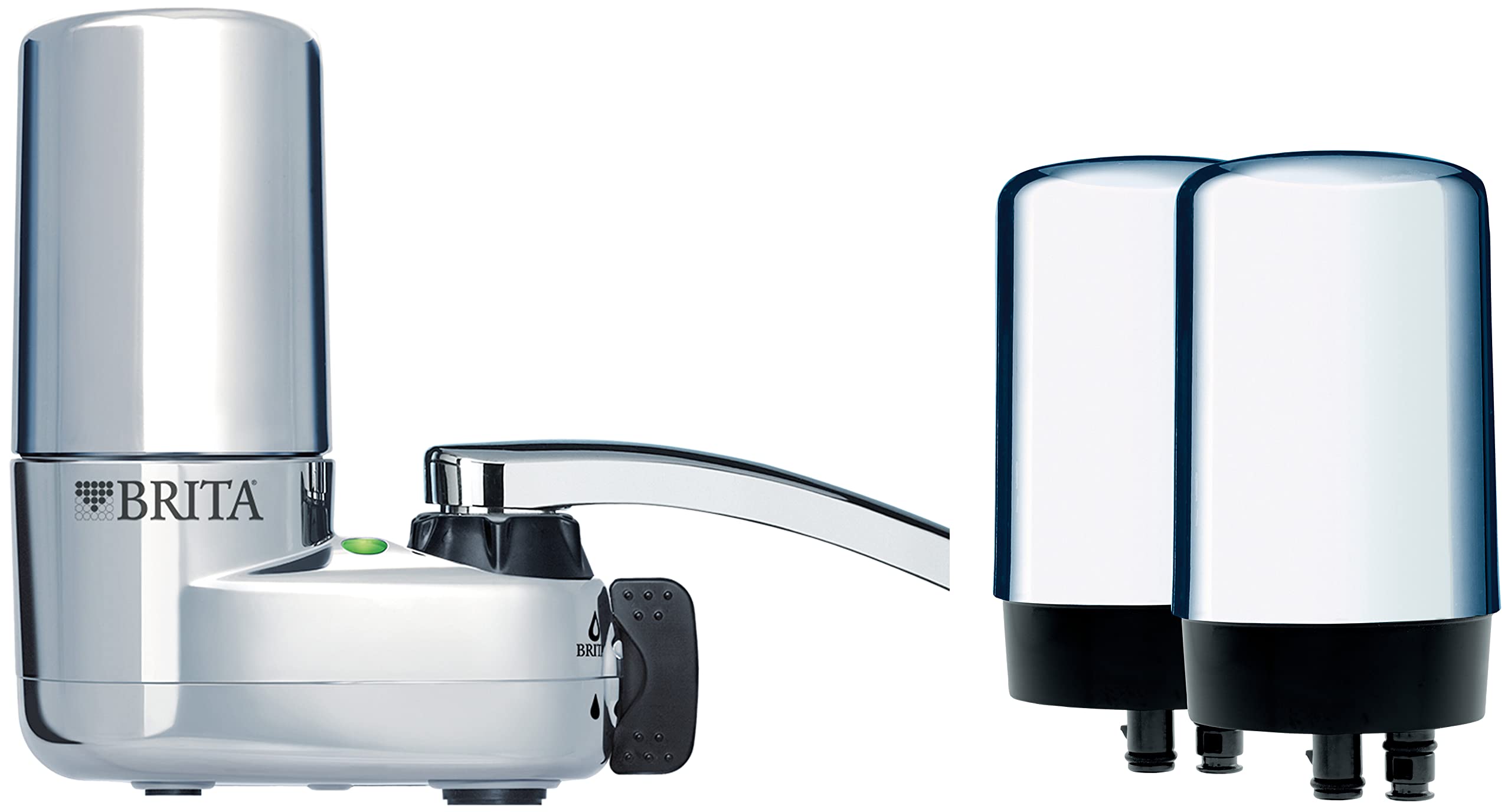

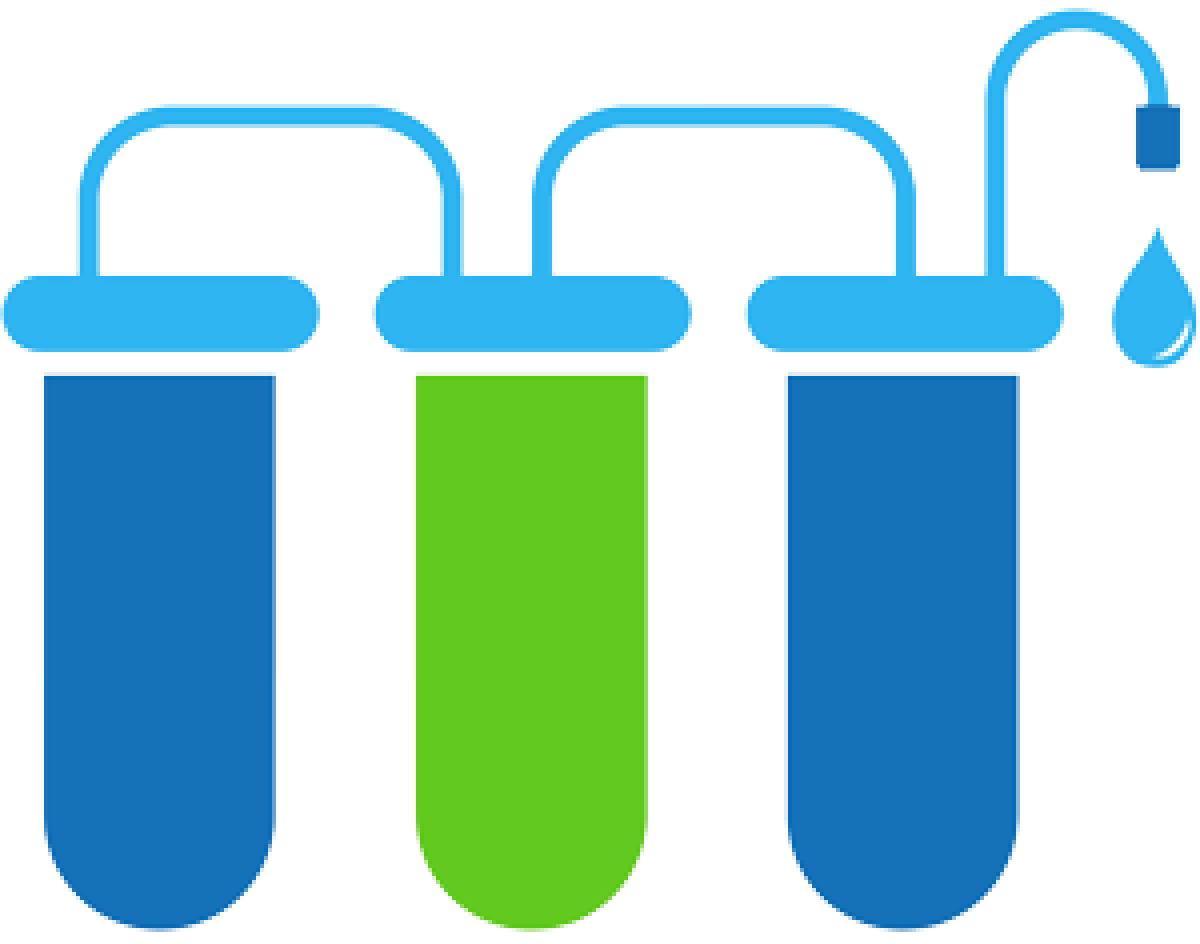
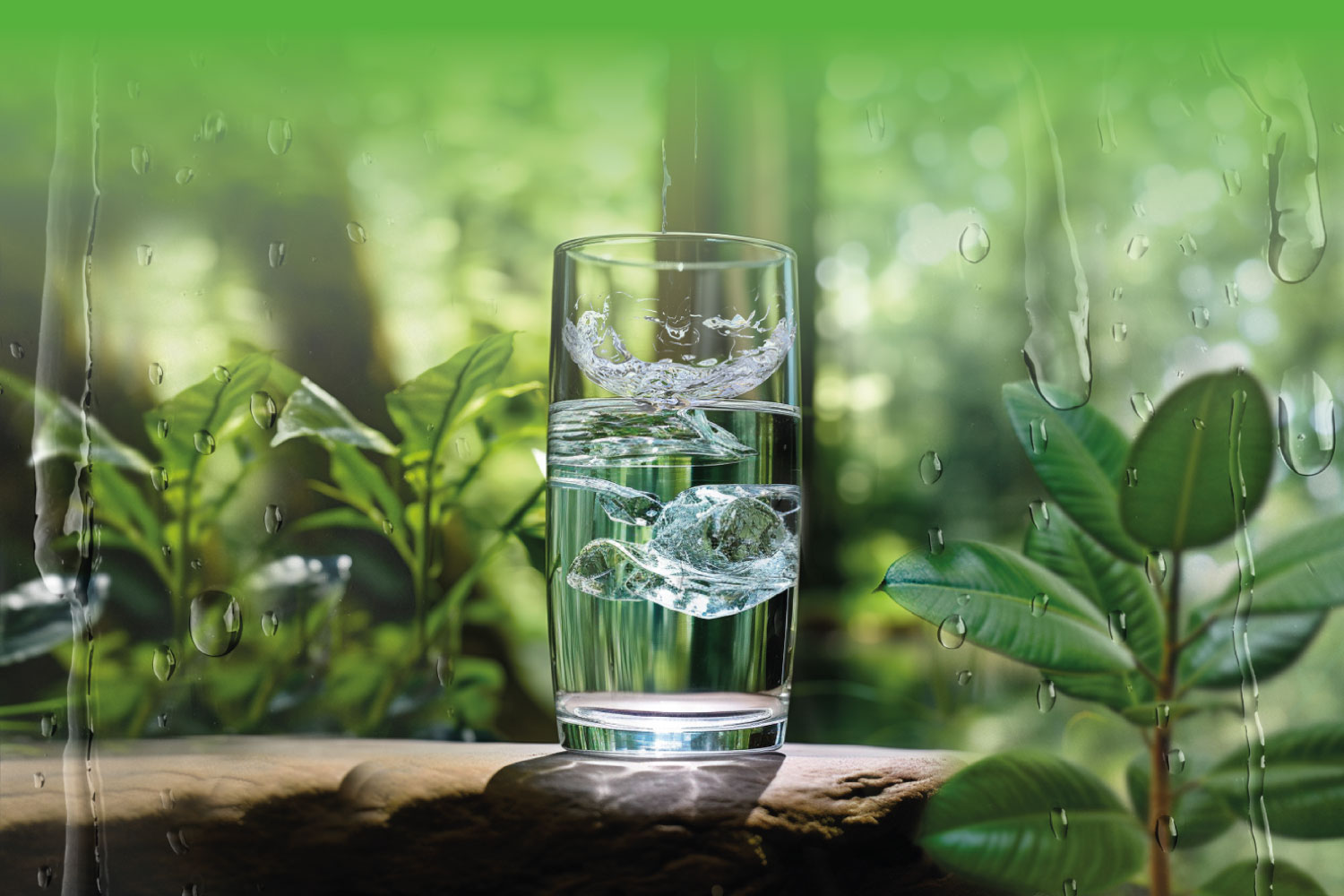
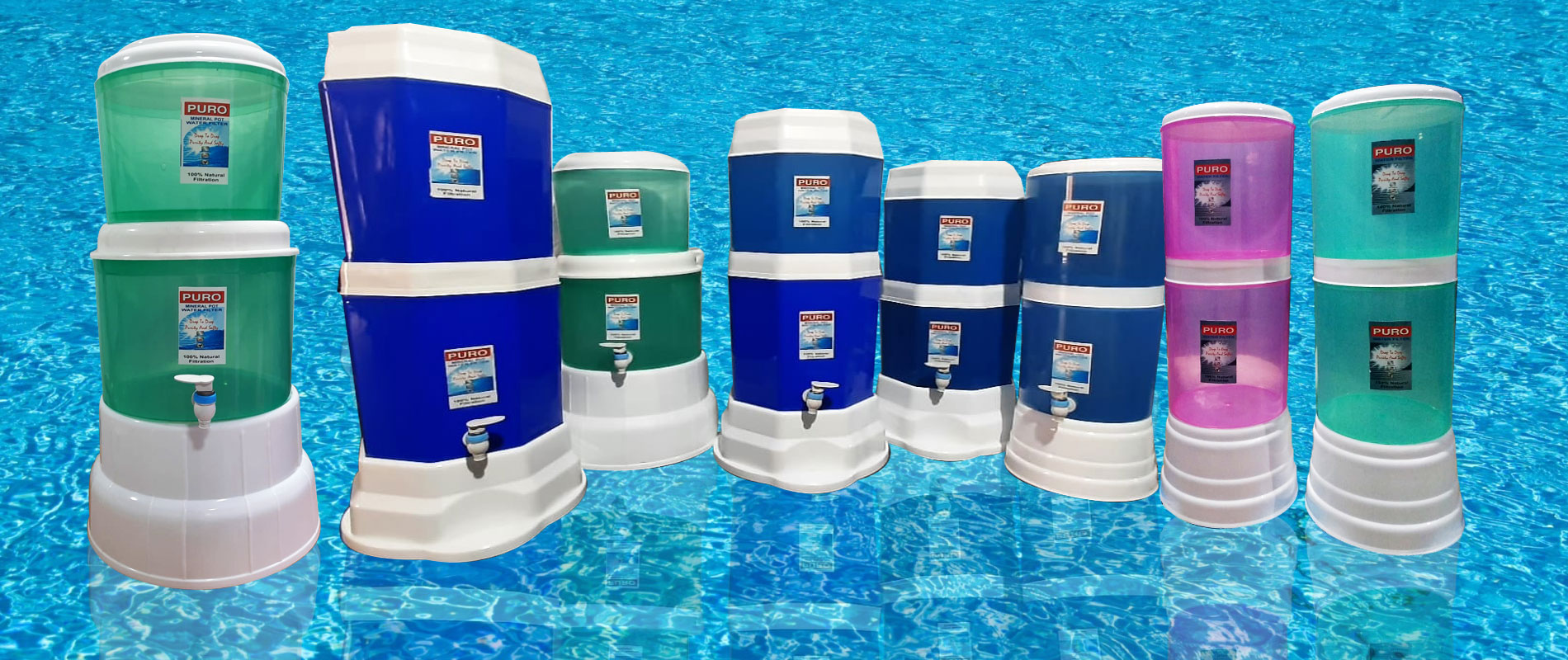

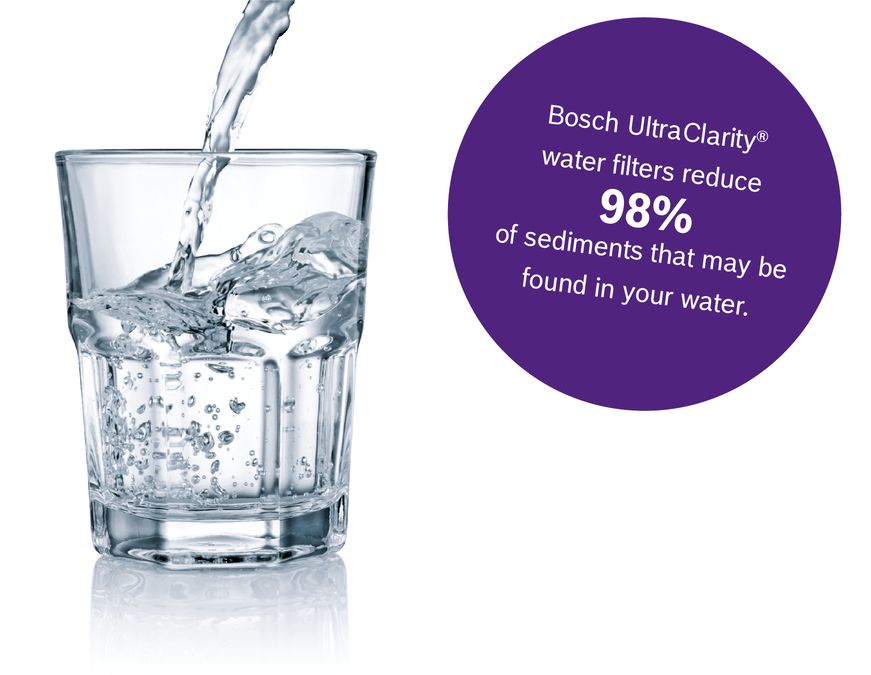
.png)
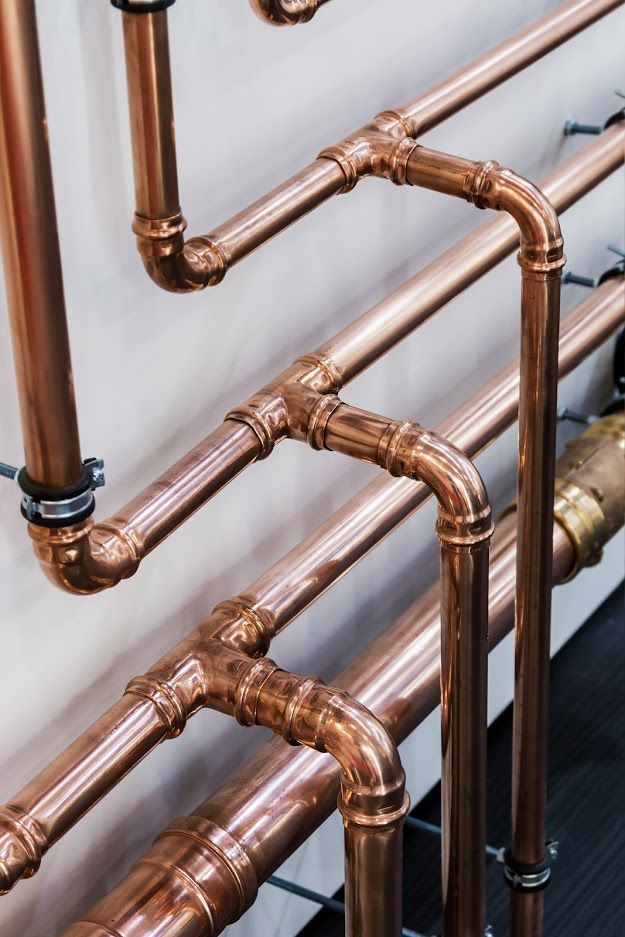



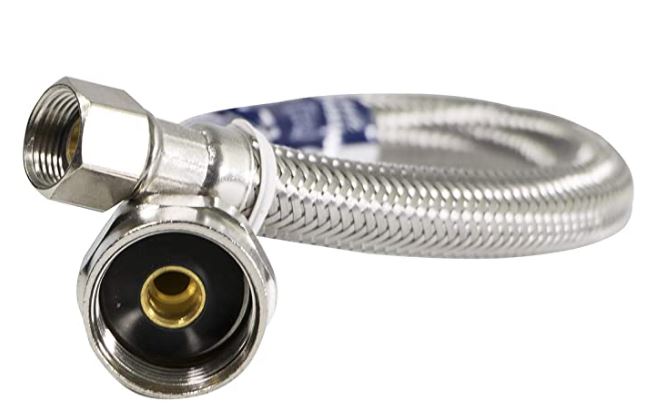
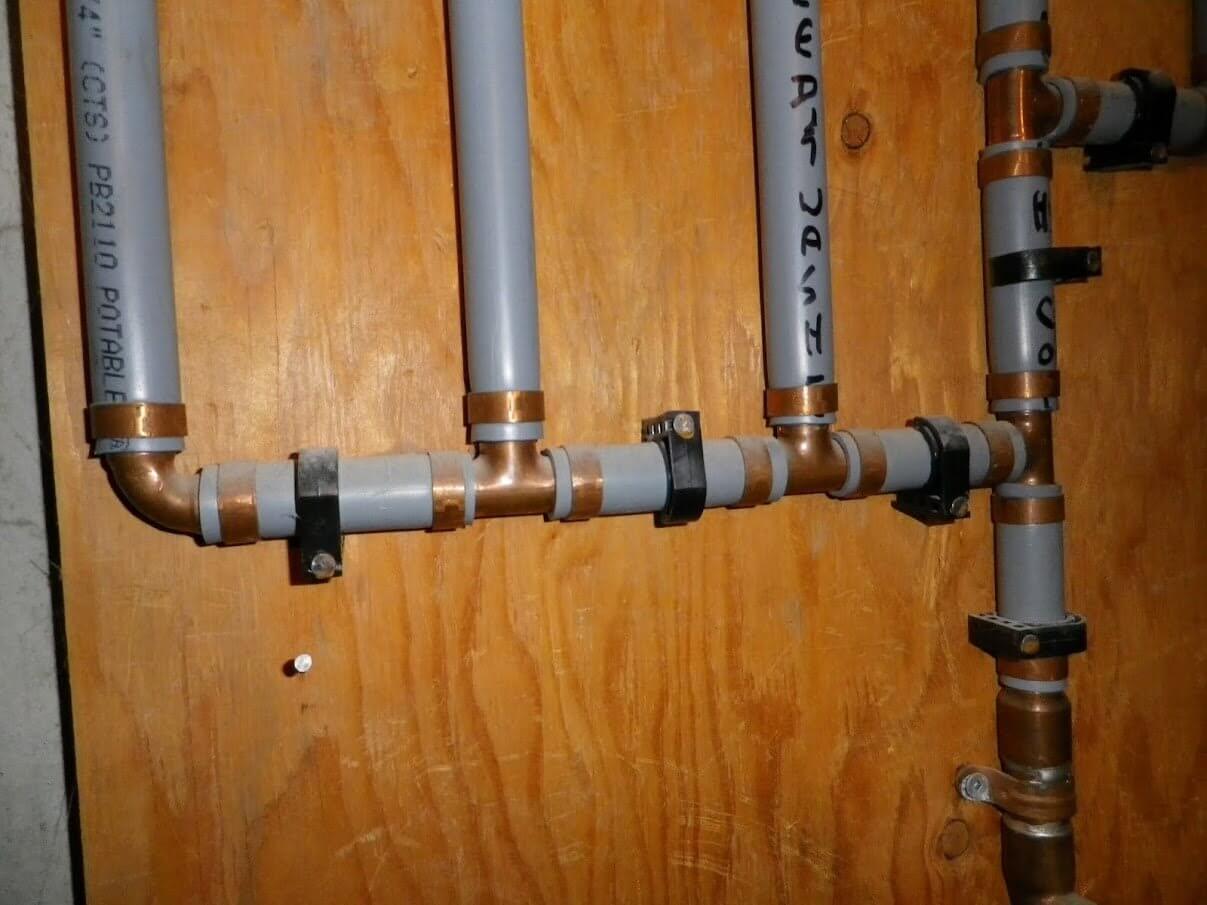






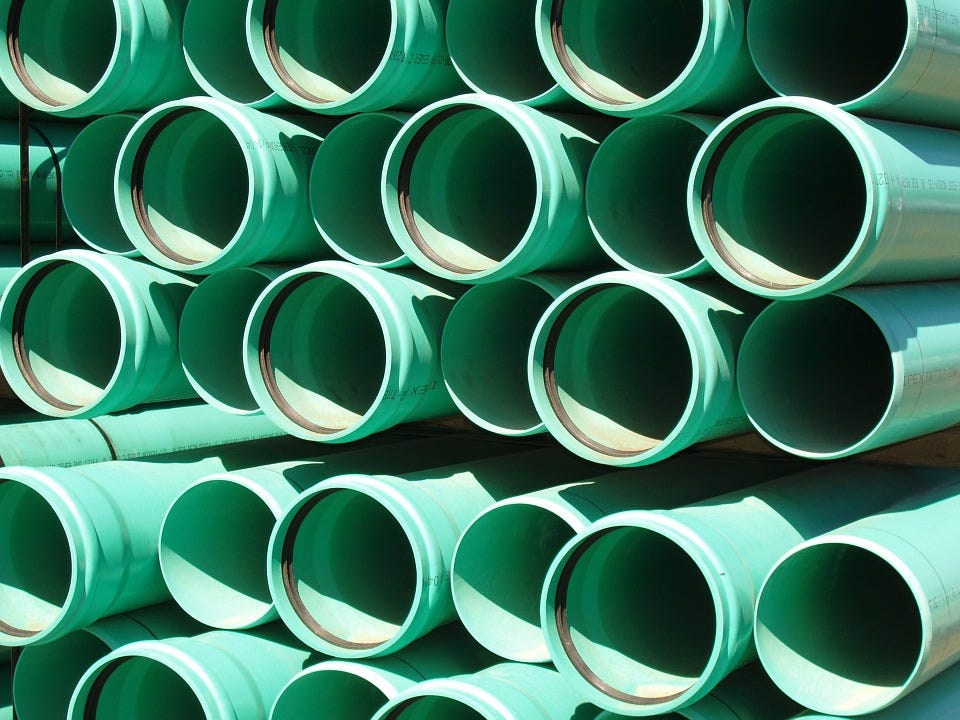
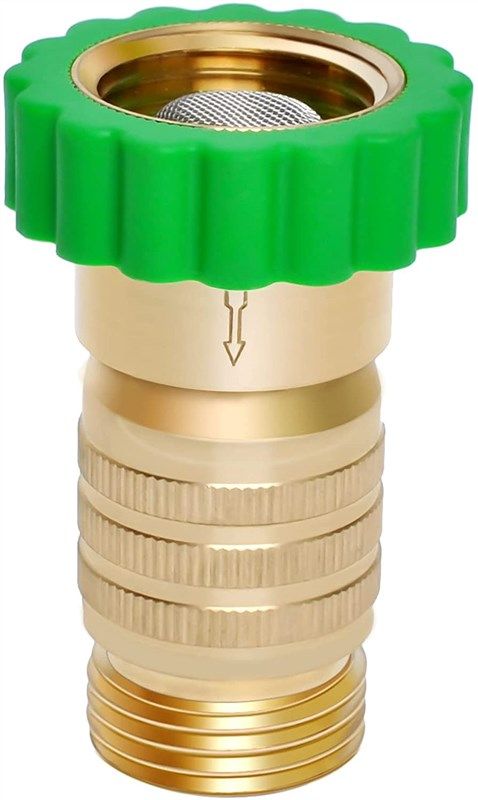
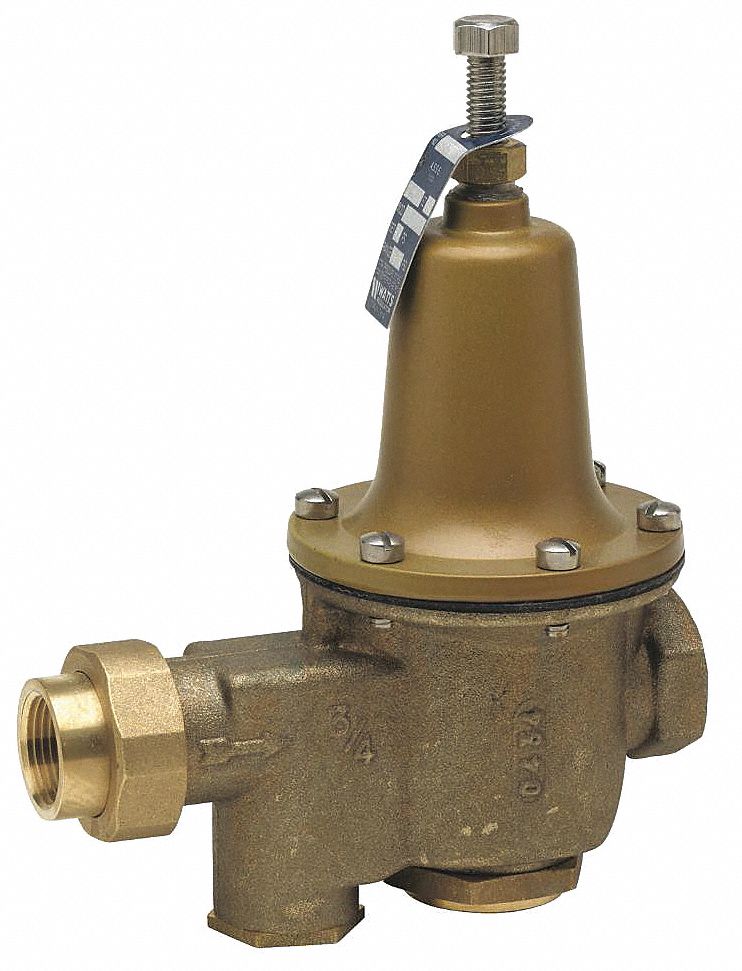
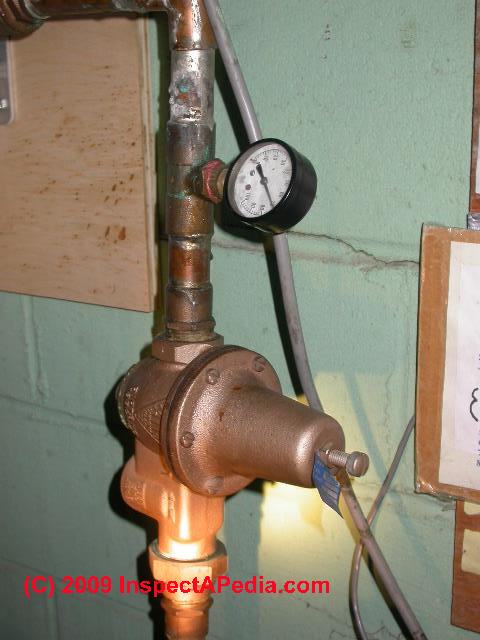

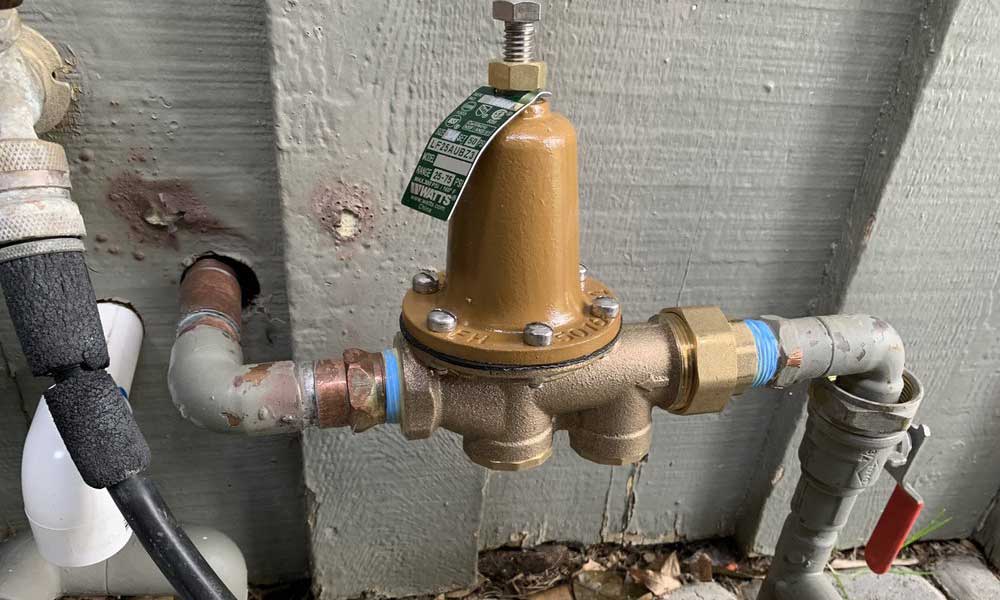


:max_bytes(150000):strip_icc()/testing-water-pressure-in-your-home-2718692-hero-98f45508ca5d44b6b551034ac5cedab5.jpg)
:max_bytes(150000):strip_icc()/the-men-s-hand-opens-the-ball-valve-on-the-collector-1006810456-5c5fc73fc9e77c000159c4af.jpg)

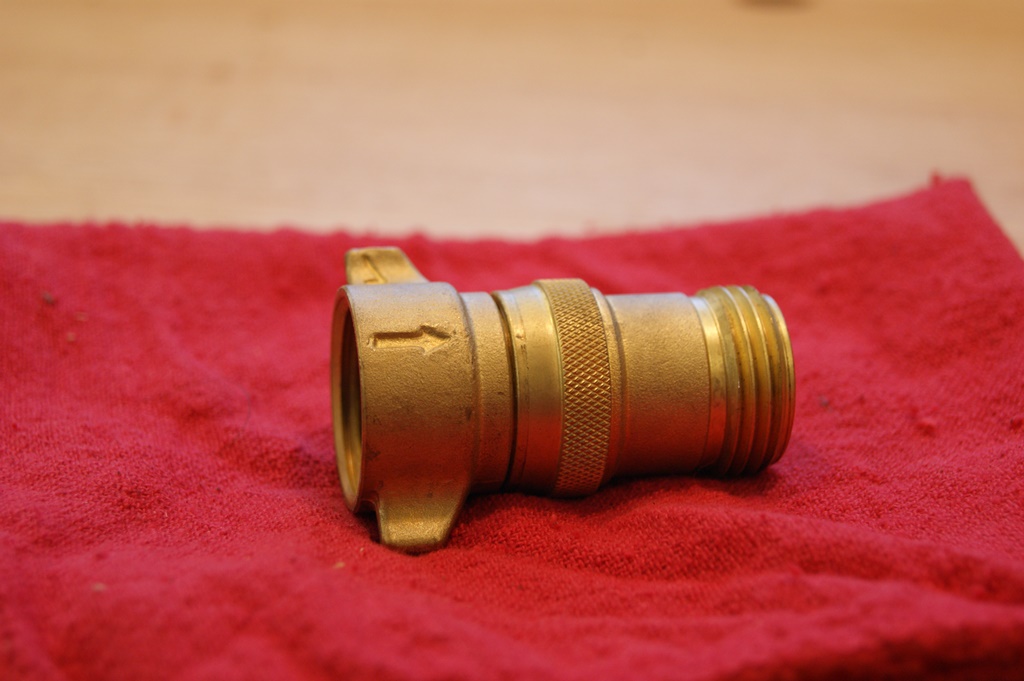



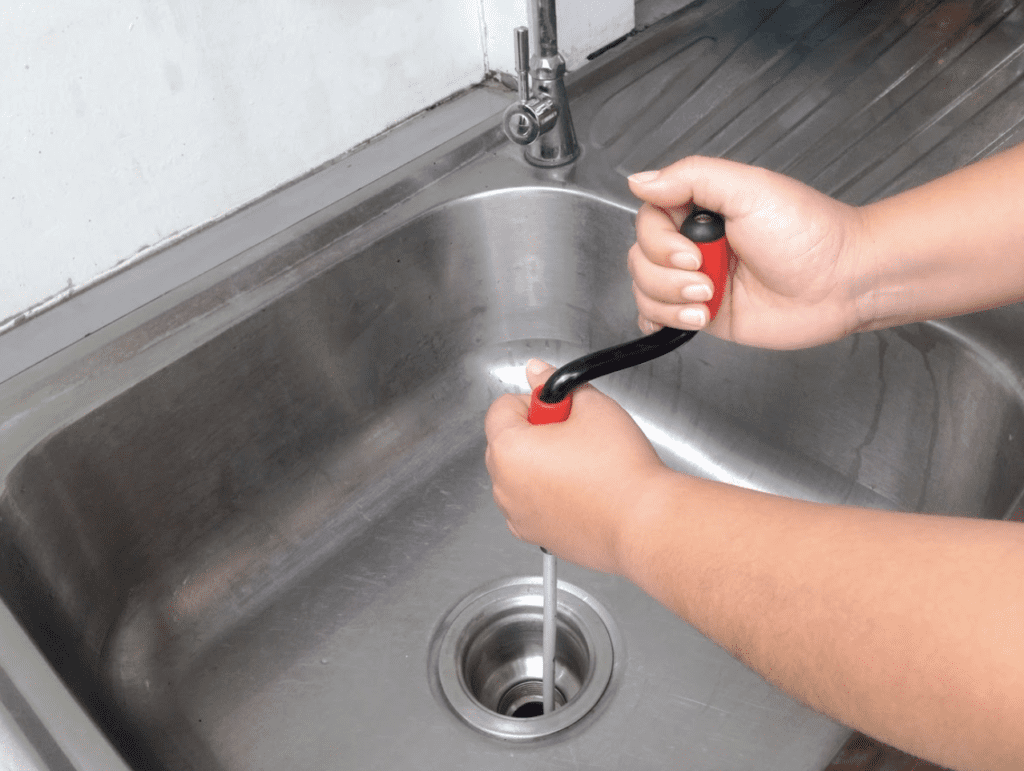

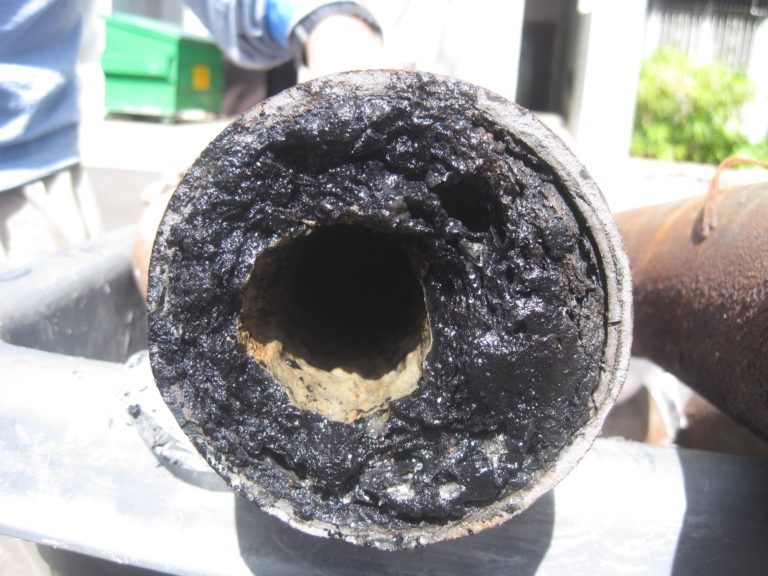




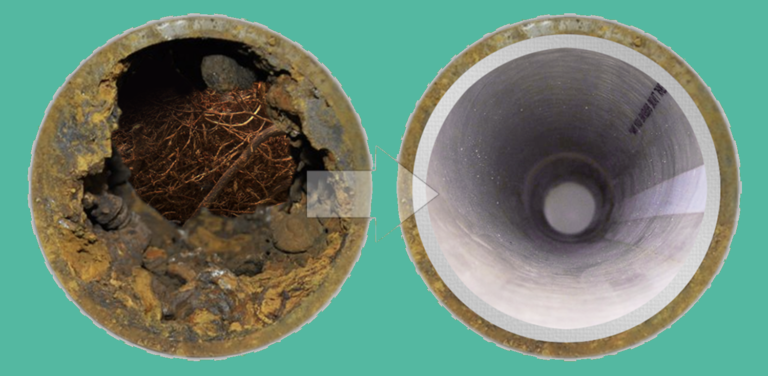






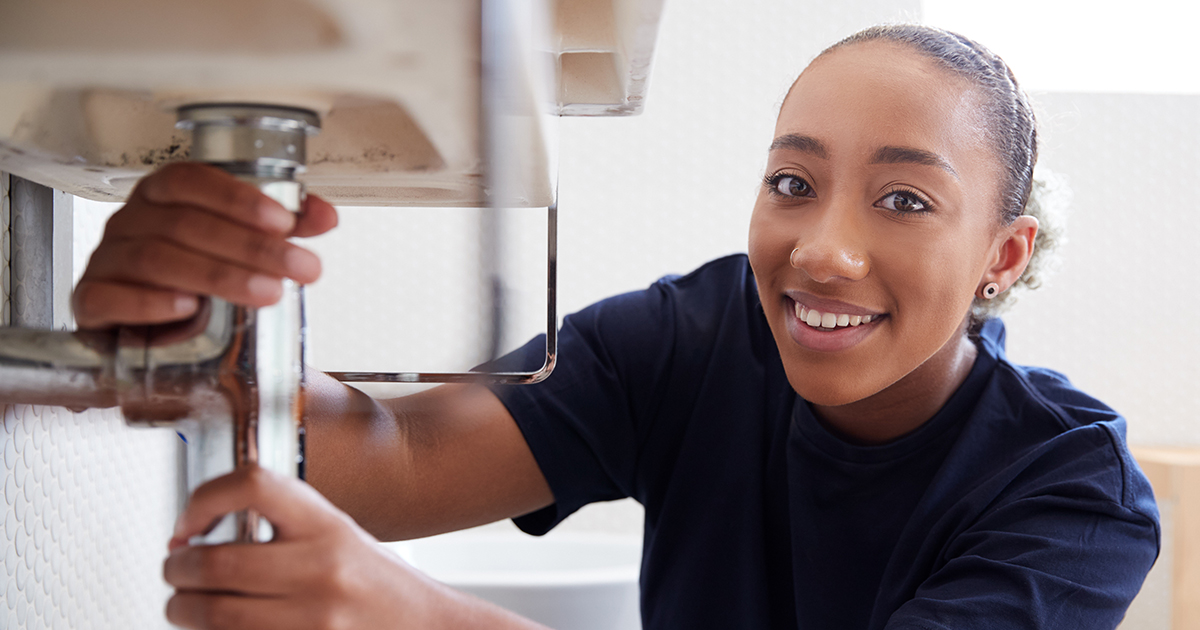


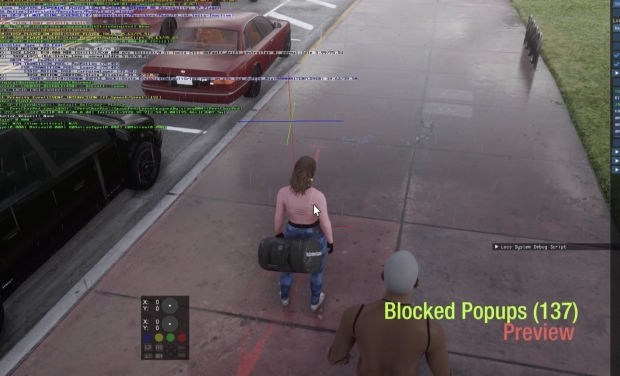



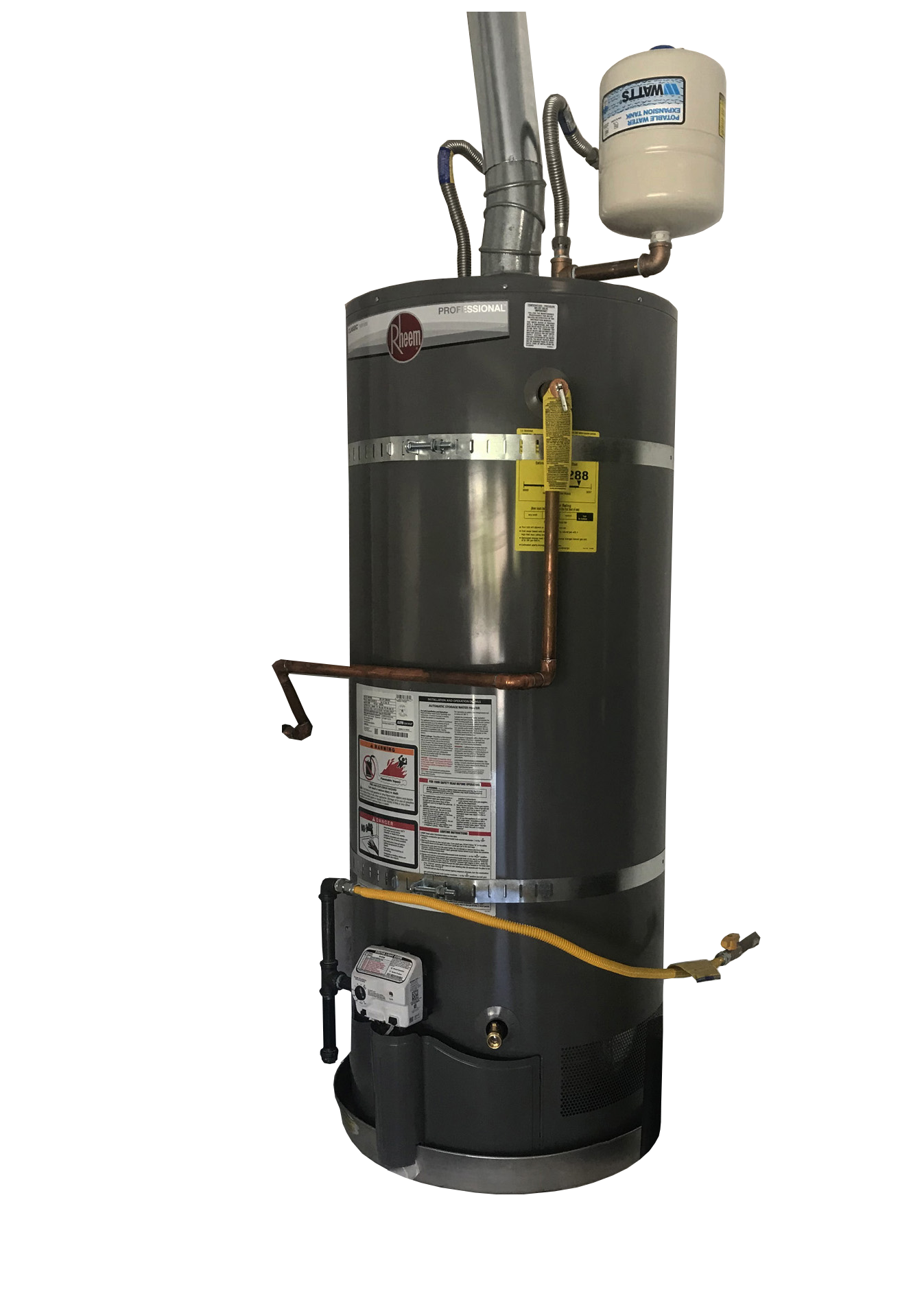





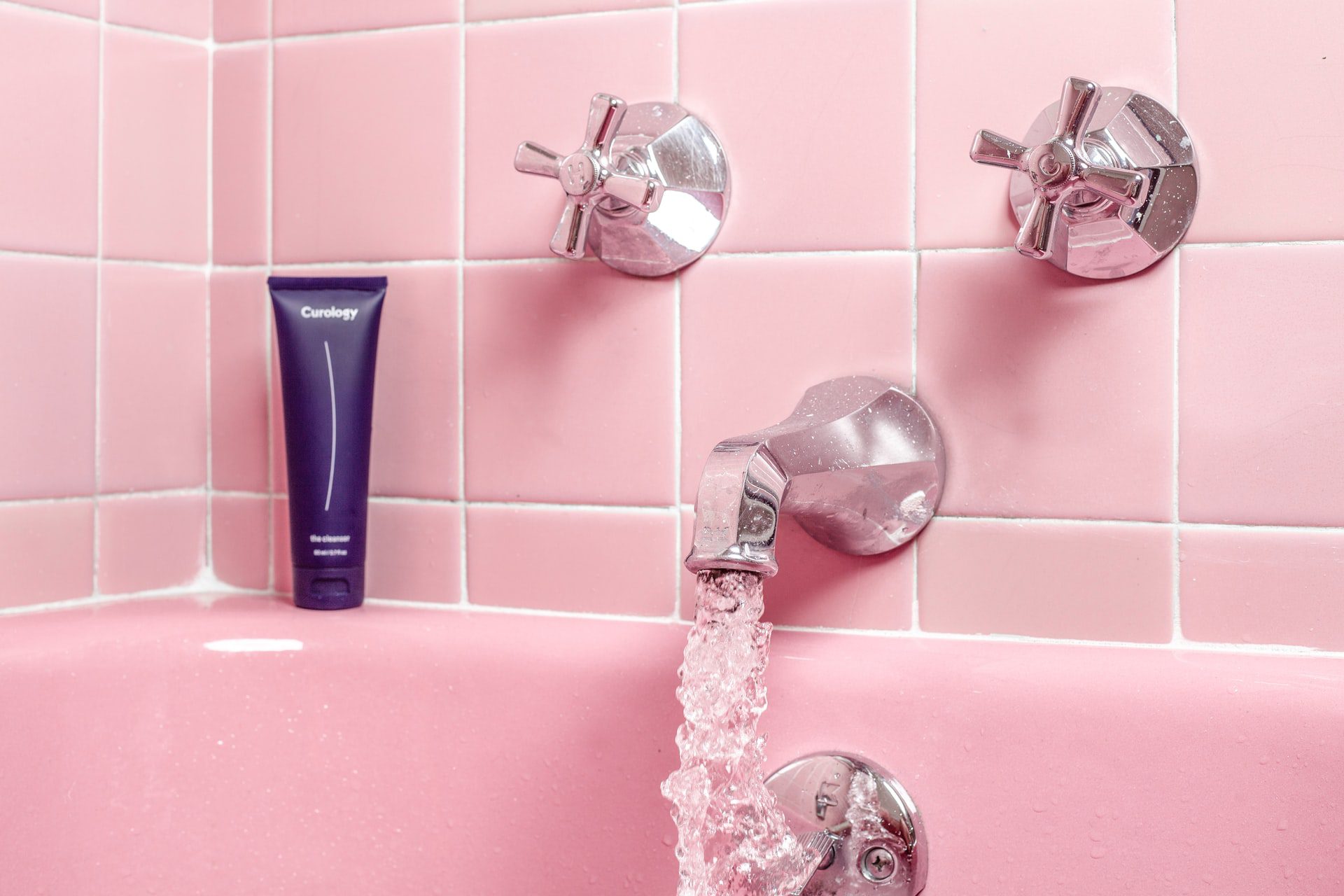




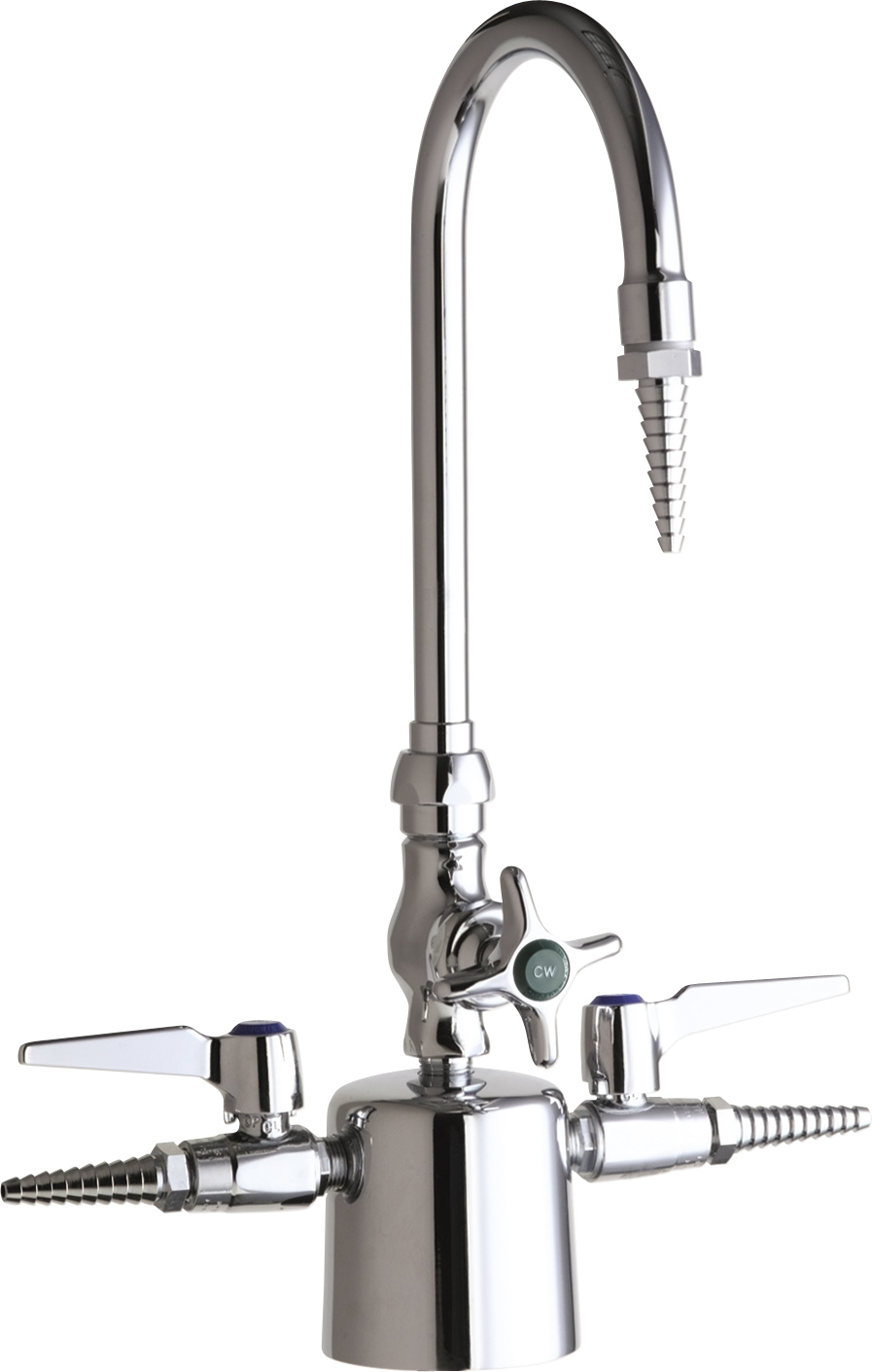
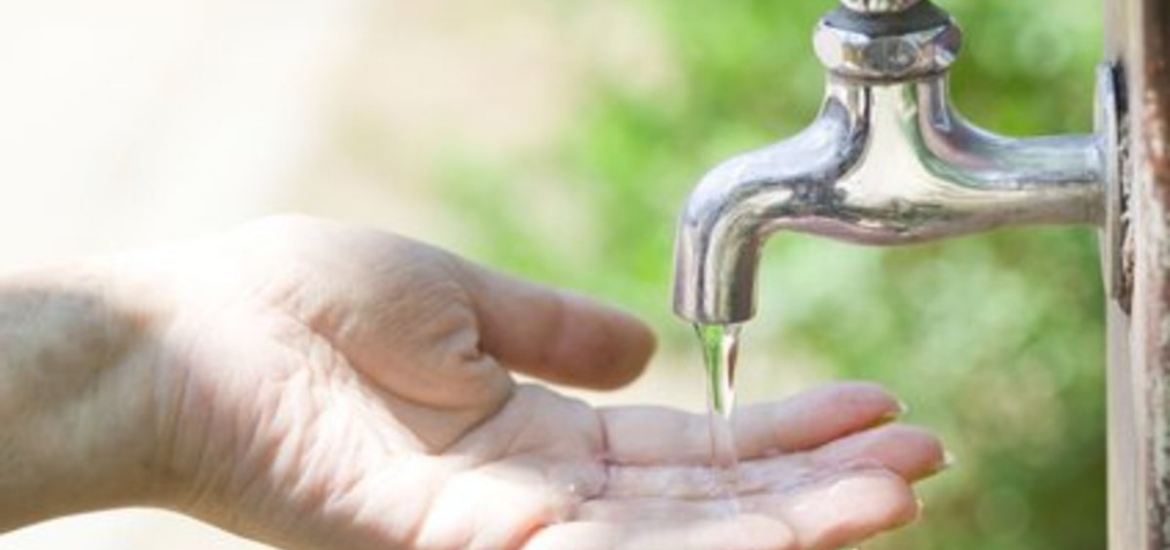



:max_bytes(150000):strip_icc()/testing-water-pressure-in-your-home-2718692-04-c37ab3236d0d4b61b87079ebf9ef823e-c1e1ef0104fb44778a287bd9bb5ec140.jpeg)
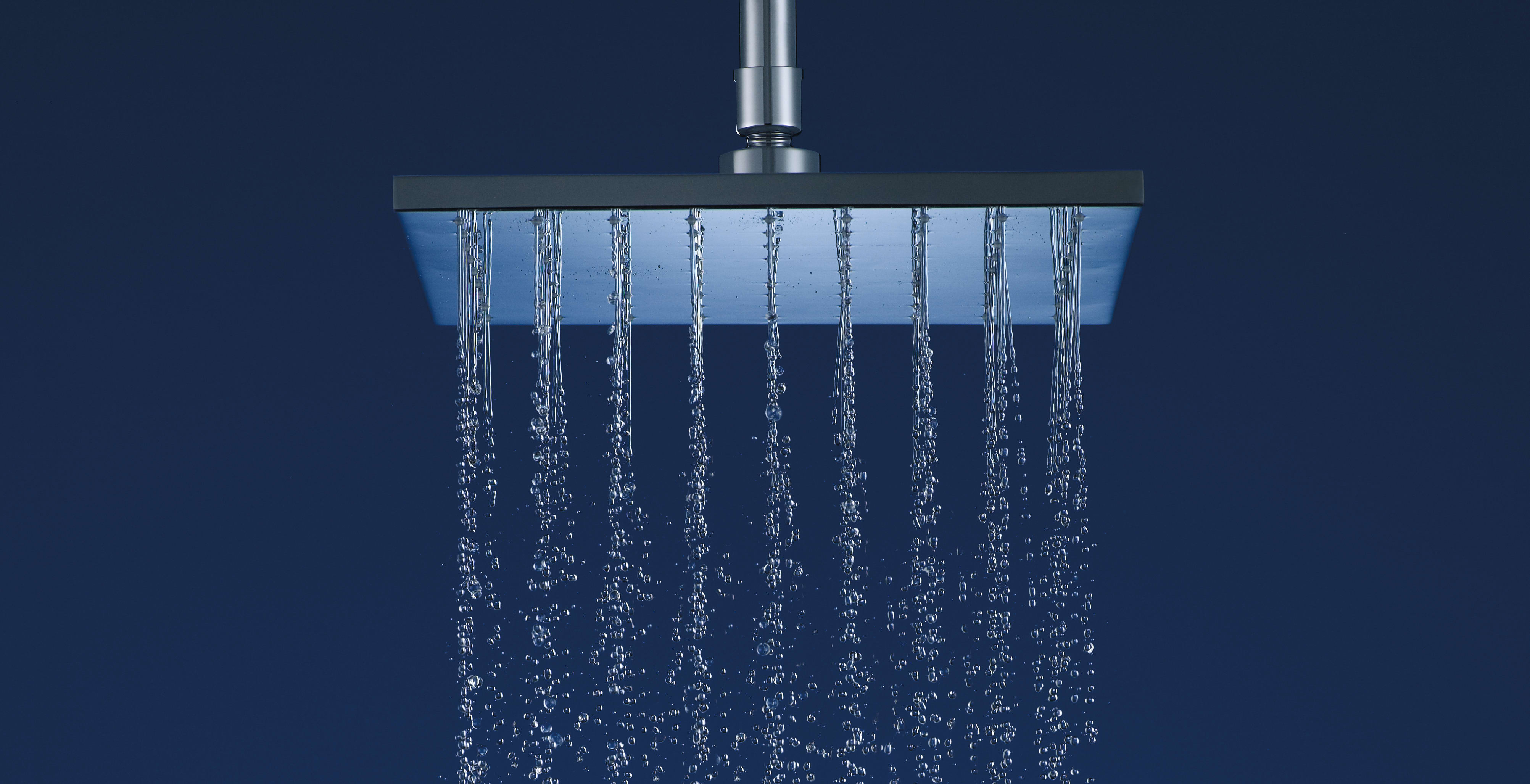






-844-p.jpg?v=ede30092-5775-434a-b8ca-07306b3bbe53)




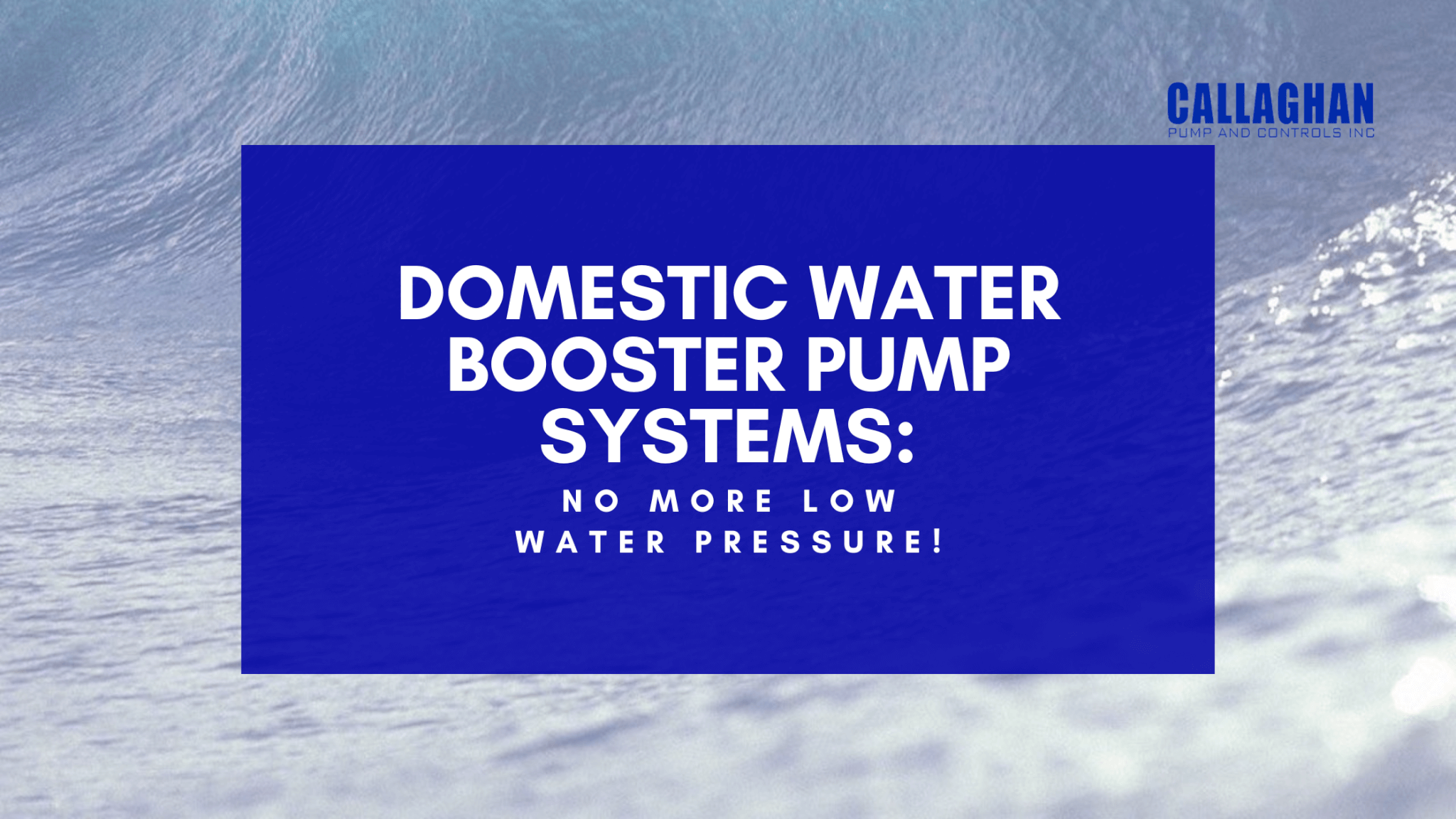
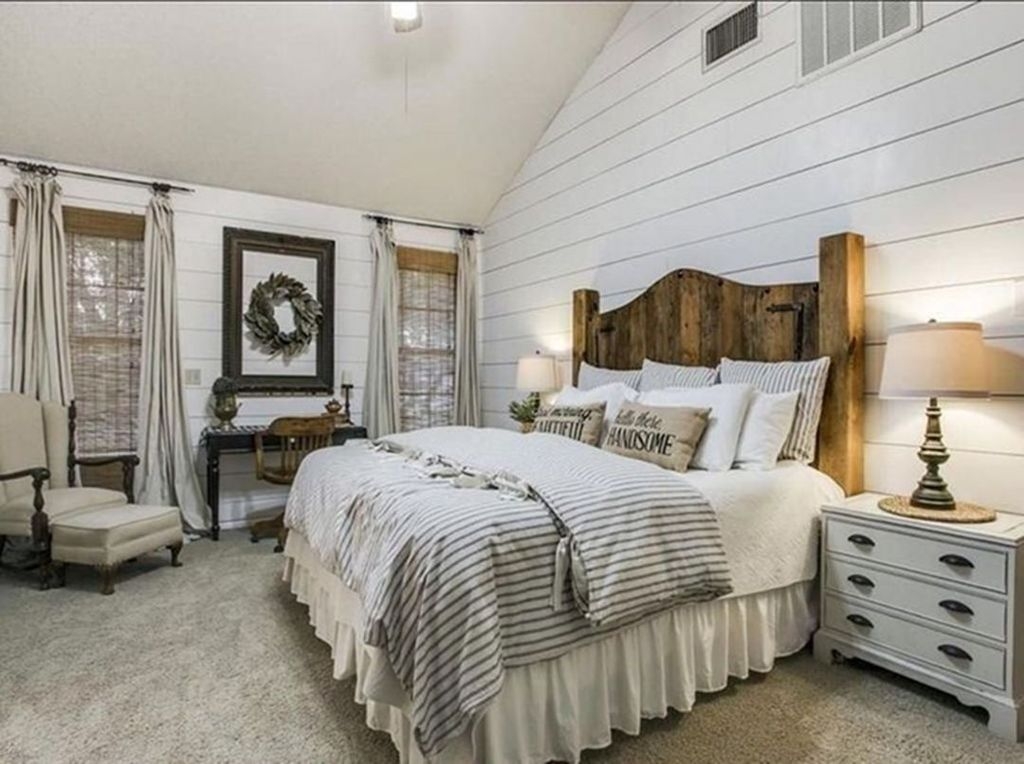
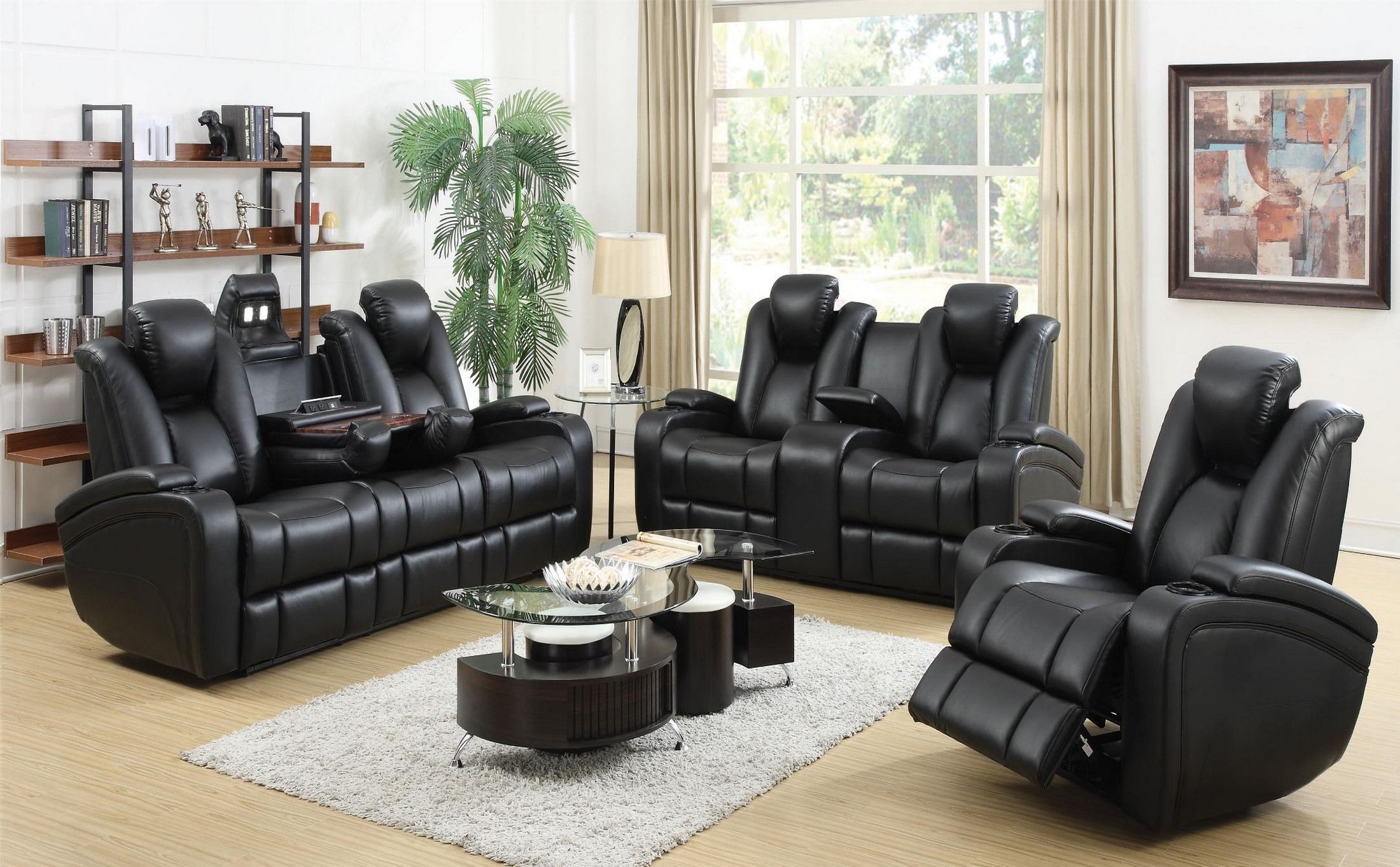


:max_bytes(150000):strip_icc()/White-accent-wall-58e43ef63df78c5162af1aa7.png)

